A boathook is handy to have on board any boat, but the smaller the boat is, the more awkward it can be to store. We like to have a boathook with a telescoping pole. Over the years we found that the twist-style mechanism on telescoping poles could become hard to operate due to corrosion, or the pole could collapse in on itself while pushing off a dock, especially if it was inadvertently twisted in a way that allowed it to retract. When we recently found that the Eversprout telescoping boathook has flip-tab locks, we gladly added one to our collection.The 1 1⁄2-lb pole is 5′ long when retracted and 12′ long fully extended (Eversprout offers lengths of 1 1⁄2′ to 5′, 6′ to 18′, and 7′ to 24′). It has three sections made from anodized aluminum, which holds up well in the marine environment, and each section is friction-locked in place by a sturdy plastic flip-tab. We quickly came to prefer the flip-tab over the twist-lock of other telescoping poles, especially when our hands are cold, wet, and slippery. The flip-tab friction locks work well, even with gloved hands, and are a great option for folks with compromised dexterity or grip strength. Each section of the pole is keyed along its length to prevent rotation, which ensures proper control and orientation of the hook. We can pull as hard as we want with the pole, and while Skipper cannot push hard enough to get the pole to overcome the lock friction, I can slowly compress the pole using around 50 lbs of force, which is much more than I apply when pushing away from a dock. We have had no issues with the friction lock slipping in normal use. The Eversprout boathook is locked into position with flip-tab friction locks, making it reliably stable when extended. The non-marking nylon hook can be replaced with other accessories such as deck brushes, sponges, or mops.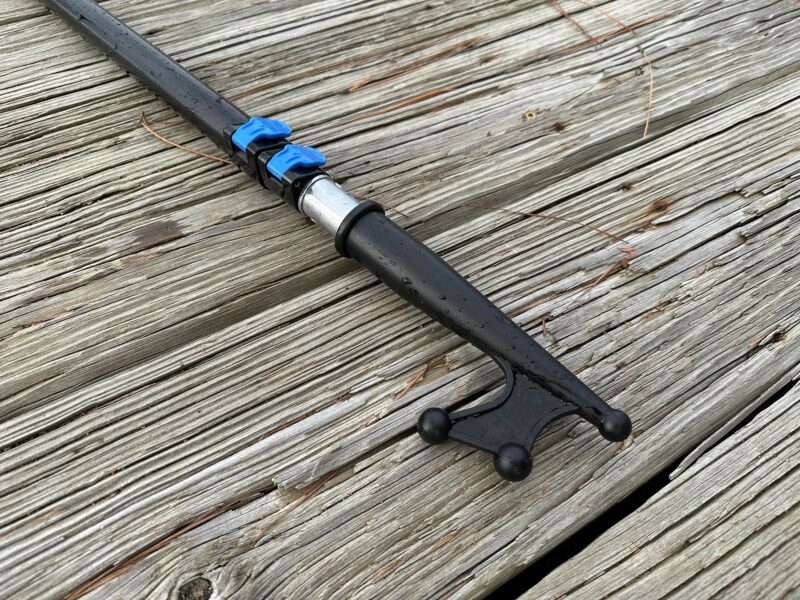 Photographs by the authors
Photographs by the authors
Stay On Course



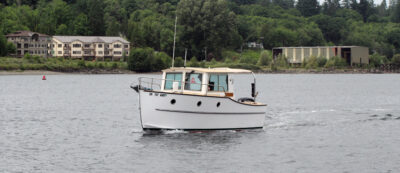

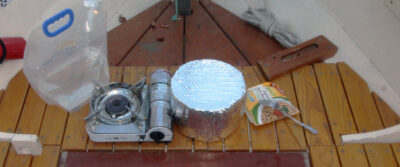
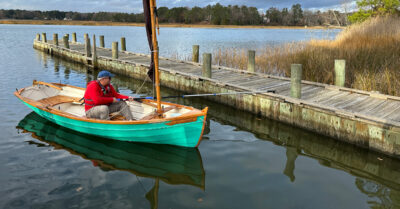
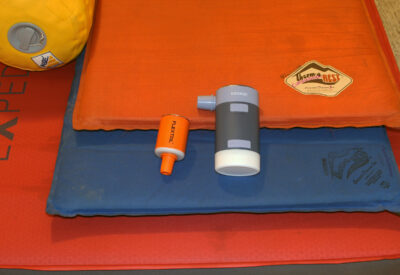

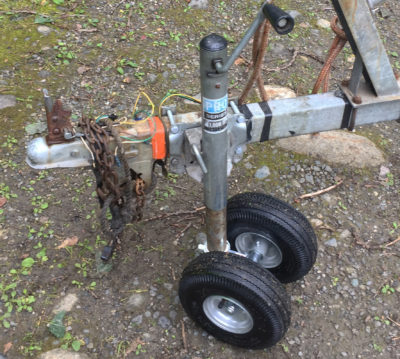



Join The Conversation
We welcome your comments about this article. To include a photo with your remarks, click Choose File below the Comment box.